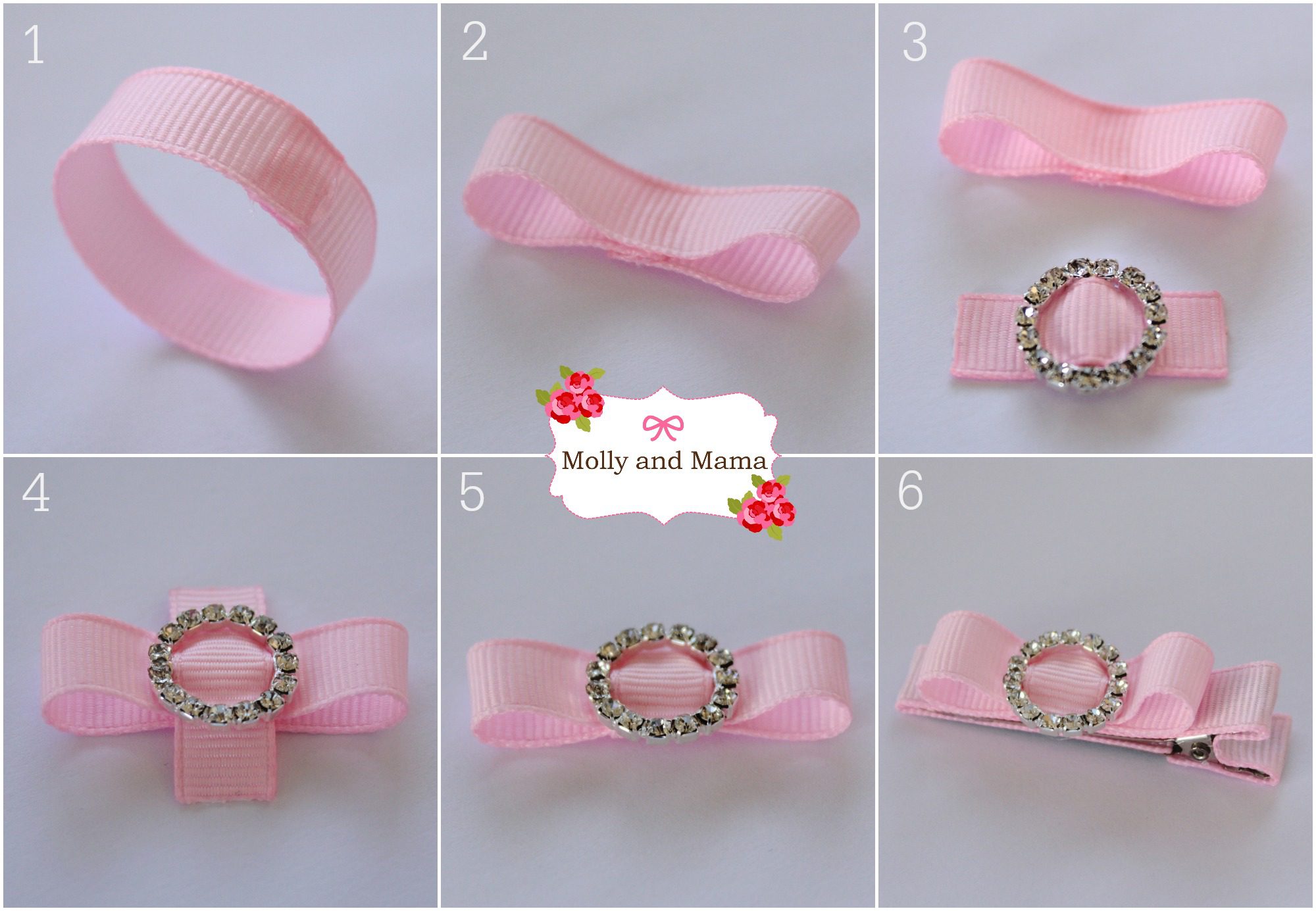
If the deformity is moderate, the bone can be stabilized using an internal plate or rod post surgery. Your doctor will use X-ray imaging to gauge how severe the deformity is and where it's located.

For bowlegged teens and adults, a type of surgery called osteotomy, in which one or more bones are cut, could also help. Your doctor may suggest surgery if the KAFO brace alone doesn't work.Īdditionally, if your child is still growing, a minimal-incision surgical procedure can encourage their leg to become straight. It works by releasing compression in the knee to encourage your child's leg to grow normally. The brace used is called a modified knee-ankle-foot orthosis (KAFO) and must be worn both day and night. The recommended treatment for bow legs depends on the underlying cause of the condition, and can include:Ī child with Blount's disease is usually treated with either a leg brace or surgery. Bow legs don't cause pain or discomfort at a young age, though, and won't limit your child's ability to walk, crawl, or run. It's normal for babies and young toddlers to have bow legs, but if your child has the condition beyond the age of three, you should see a doctor, as the child might have bow leg deformity. Adults who were not diagnosed with bow leg deformity as a child often develop progressive knee arthritis, and those who have lived with bow legs for many years may experience leg pain and instability. The earlier that bow leg deformity is diagnosed, the better. When diagnosing a bow leg deformity, your doctor will look through your child's patient history, conduct a physical examination, and order an X-ray of their leg bones from hip to ankle. There's usually a clear space between the lower legs and knees. It's rare to get rickets in a developed country because many food products are fortified with vitamin D, but the condition can also be triggered by a genetic problem that stops vitamin D from being absorbed properly.īow legs appear to be bent outward, or bowed, even when the feet and ankles are held together. Rickets is a bone disease caused by a lack of calcium, phosphorus, or vitamin D, all of which are needed to grow strong bones. Adolescent Blount’s disease affects children over age 10 and is likelier to affect just one knee. Blount’s disease happens when growth plates around the knee either slow down or stop making new bone while growth plates near the outside of the knee continue developing as normal. Blount’s disease can happen between birth and age 3, and it usually occurs in both knees. The condition usually goes away, though, by the time a child is three or four years old. If your child started walking at a younger age, they will have more obvious bow legs. The bowing effect can sometimes increase a little when a child is learning to walk, but it should get better. Some babies are born with bow legs because some of the way their legs were folded to fit inside the small space of the womb. People with bow legs are often referred to as bowlegged. If left undiagnosed in childhood, bow legs can lead to arthritis and other pain conditions.

Bow legs (also known as "genu varum") occur when a person's legs bend outward and don't touch at the knees, even if their feet and ankles remain together.


 0 kommentar(er)
0 kommentar(er)
